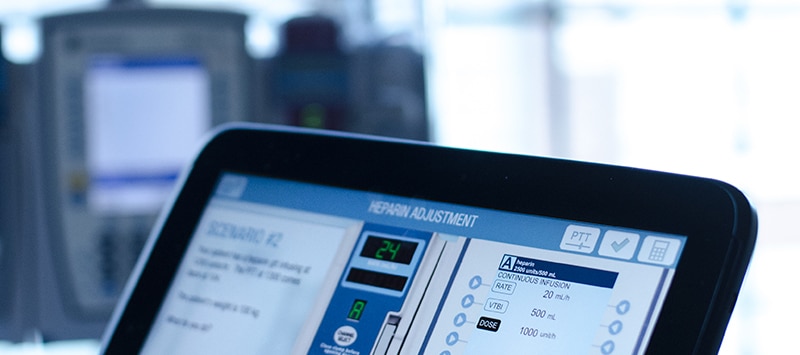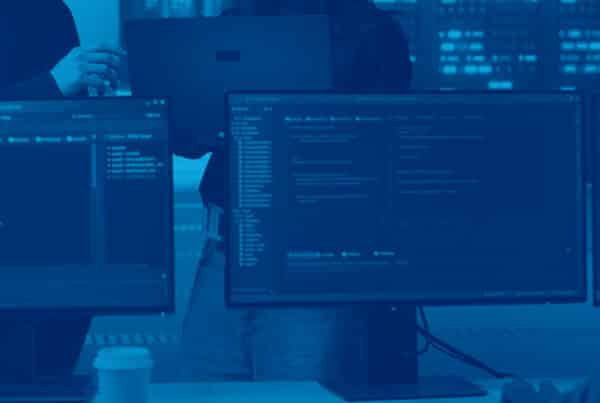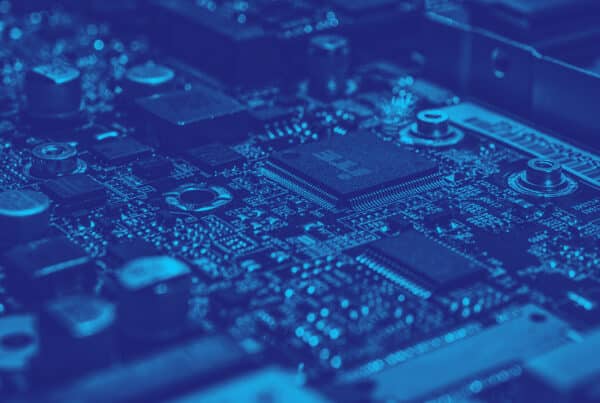
The complexity and risk involved in delivering healthcare makes it a natural fit for simulation training. Realistic simulation allows medical students and professionals to practice skills in the safety of a virtual environment. The use of simulation can improve methods, processes, teamwork and patient outcomes. Here are five reasons why.
1. Understanding reactions. Learners can gauge and better understand human behavior during simulation. In the safety of the virtual environment, users can learn from their mistakes. Critical care situations can be replicated to learn proper responses. Distractions can be added in the simulation in order to practice possible scenarios and outcomes. Technical expertise can be tested and reviewed for best practices.
2. Always test. Try out devices, tools and methods and measure outcomes. For example in an operating room, a user can evaluate the tools that would be used during a surgery. Finding out how to correctly use the tools and how they react before actual surgeries can ensure better patient outcomes.
3. Training teamwork. Multiple people with the same end goal often have different ways of interacting. Find out how response times and methods sync up during a simulation. If a team needs more training to improve proper responses, the safety of the simulated environment is the place to learn. Doctors and nurses can learn how to seamlessly carry out triage or surgeries without the stress of having a real patient. It’s a great place to work through methods and processes to evaluate outcomes and make changes as needed. Finding out when communication is ineffective or fails or when there’s tension between professionals during simulation means getting the opportunity to correct the situation before a real-life emergency.
4. Personal behavior. Give new students and interns the opportunity to get insights into their own behavior. Working in a real world setting is a big adjustment from school. By working in a simulated environment, students can gain valuable feedback on how they use tools, react to situations, and interact with their co-workers.
5. Improving patient safety. All of the reasons above combine to create improved patient safety. When medical professionals have the opportunity to practice their skills without worry of mishap, it means they can test theories, processes and procedures and work on overall communication between professionals. This translates into safer, more effective outcomes for patients.
Procedural skills and ability to react in emergency situations can be greatly improved by practicing and refining skills during simulations. Simulation training is learner centric and allows students to not only practice processes, procedures and methods, but also helps develop critical thinking and problem solving skills in individuals.
Resource
CSE Software Inc. has an experienced Serious Gaming and Simulation Development Team available to design and program simulation-based training for any industry. Make it a mobile app for access to training anywhere via an iPad or other tablet device. The team can also develop in multiple languages. Contact Stacey Burris at 1.309.670.7595 to start your simulation project today.






